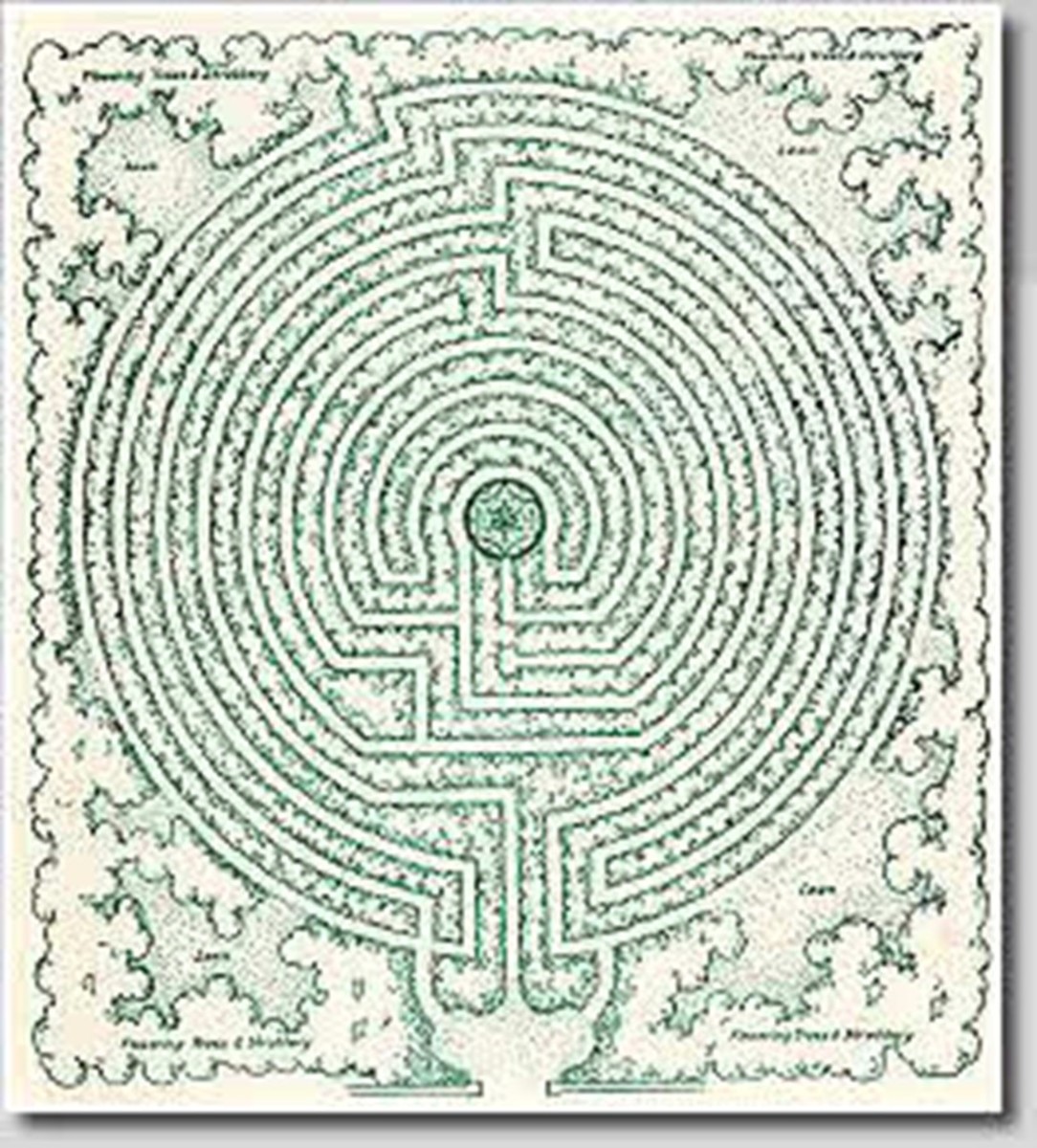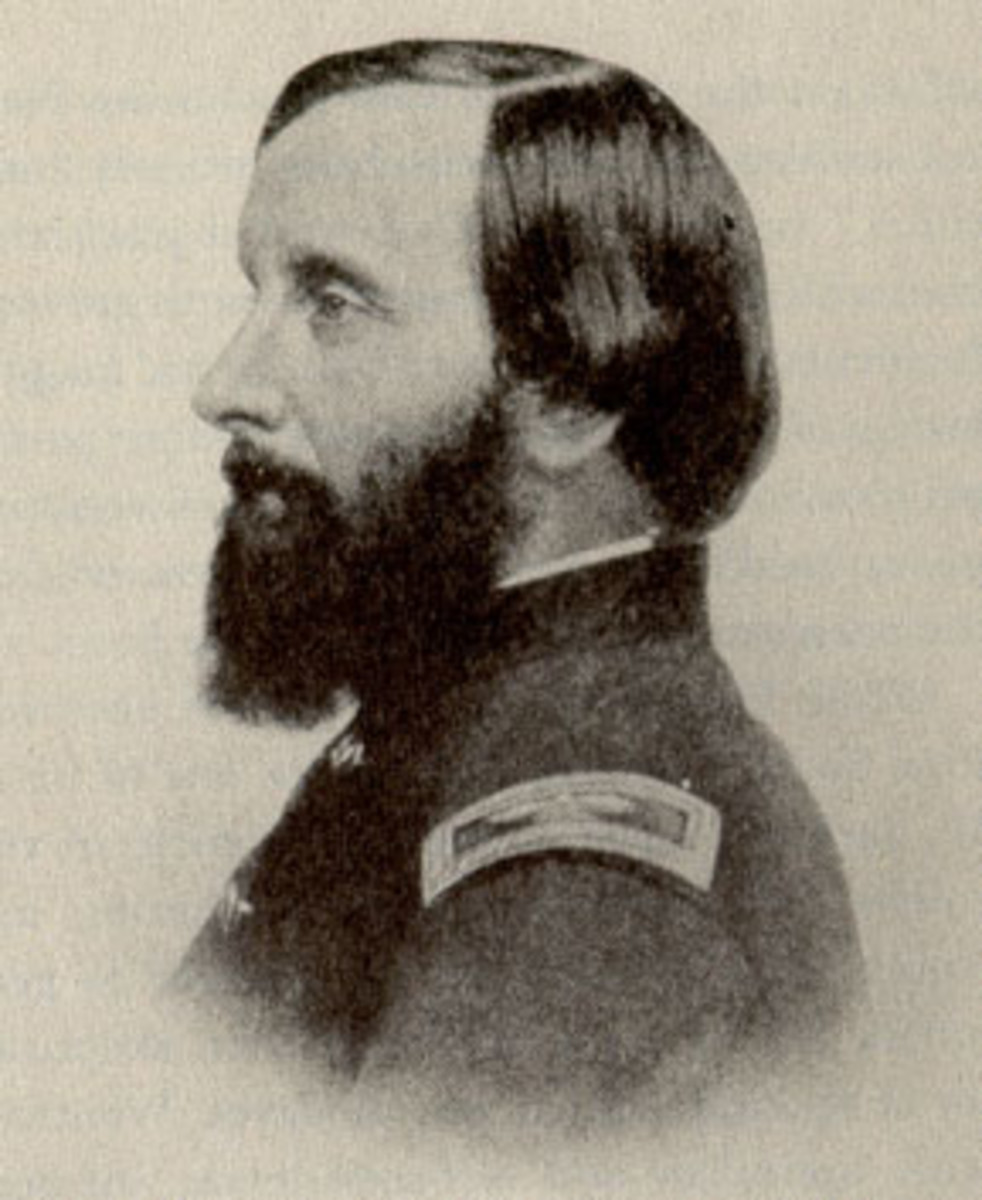Sands of Time, a shape poem as opposed to a concrete poem which goes deeper
A bit of history
Frank Atanacio accurately states- in comments below- that pattern poems first appeared in 300 BCE during the Hellenistic Era.
Poetry Beyond Text explains that Swiss-Bolivian poet Eugen Gomringer and the Brazilian Noigandres poets are considered the founding fathers of a transformed pattern poem called Concrete Poetry.
Eugen Gomringer wrote what appears to be a simple poem called "Silencio" in which he repeated the word silencio 14 times within a rectangular shape containing five lines of three words- except for the third line, which contained only two silencios. The middle one was intentionally left blank, thus expressing the meaning of the word silencio within empty space. In other words, the empty space expressed quiet!
The concept of shape poetry deepened during the 1950s to 1970s, becoming increasingly popular following a 1956 international exhibition in Sao Paolo during which Carlos Drummond de Andrade utilized graphics to communicate ideas contained within his poetry.
Augusto de Campos also experimented with words and letters on the page, allowing them to shape visually ideas he wished to present. He and others adhered to a Manifesto of Concrete Poetry, expanding words and letters beyond shapes such as I have presented below. Their artistic forms appeared simple, yet were quite profound.
Philosophically, the group committed to the Concrete Poetry Manifesto explored the concept of shape poetry beyond what early poets accomplished and what I present here. The interaction of letter and word within positive and negative space communicated concepts on a deep level, as intentional, energy-infused symbols, carefully conceived.
in similar fashion to Andy Warhol's soup can art, I believe these poets wished to regain audience awareness of the dumbed down imagery surrounding us, forcing laypersons to pay attention; to stop and see what was before us just as we inhale GMOs void of plant energy.
I find it fascinating to play with form. I offer my poem with apologies to those whose commitment to this Manifesto transformed audiences.


Story behind Sands of Time
One year ago, I flew home from Boston after watching my daughter deliver Isadora, my first granddaughter. I was able to spend September to mid-October with this beautiful child and returned the following June to care for her while my daughter graduated college.
It was this second trip that inspired this poem. Isadora was changing so very, very fast and I did not believe she would remember me when next we met. I was right. But we were able to establish a new relationship at nine months, which I am certain she did not recall when next we met at eleven months. I had to make peace with this and find joy in reacquainting ourselves. Now I watch her nearly every day. And yet, should she move back to Boston, I know the process will begin again...

Many influenced the expansion of pattern poetry...
In 1897, French poet Mallarmé wrote a poem titled, "A Throw of the Dice Will Never Abolish Chance". The poem was published in book form in 1914 and consists of twenty pages of text in many, many typefaces. The words do not read down the left page of the book and then the right but rather run across the spread.
Finnegan's Wake by James Joyce was written in a private language, combining standard English word usage with newly invented words and combinations of words.
The French writer Mercanton, a Joyce literary expert, believed with this mostly inaccessible novel, Joyce "attempts to recreate the experience of sleep and dreams."
American poet Ezra Pound is considered the most controversial poet; the one who revolutionized contemporary poetry. The Poetry Foundation Ezra Pound site describes how, about 1912, "Pound helped to create the movement he called Imagisme, which marked the end of his early poetic style."
It goes on to report how, "In remarks first recorded in the March, 1913 Poetry and later collected in his Literary Essays as A Retrospect, Pound explained his new literary direction. Imagism combined the creation of an image—what he defined as an intellectual and emotional complex in an instant of time or an interpretative metaphor—with rigorous requirements for writing."
Pound was evidently insistent that these requirements adhere to:
1) "Direct treatment of the 'thing' whether subjective or objective
2) "Use absolutely no word that did not contribute to the presentation
3) Compose rhythm "in sequence of the musical phrase, not in sequence of a metronome."
In order to employ these criteria, a poet had to:
- "Carefully observe and describe phenomena, whether emotions, sensations, or concrete entities and avoid vague generalities or abstractions."
The poet wanted "explicit rendering, be it of external nature or of emotion," and proclaimed "a strong disbelief in abstract and general statement as a means of conveying one's thought to others."
He also wanted
- "To avoid poetic diction in favor of the spoken language and to condense content, expressing it as concisely and precisely as possible.
- To reject conventional metrical forms in favor of individualized cadence. Each poem, Pound declared, should have a rhythm which corresponds exactly to the emotion or shade of emotion to be expressed."






